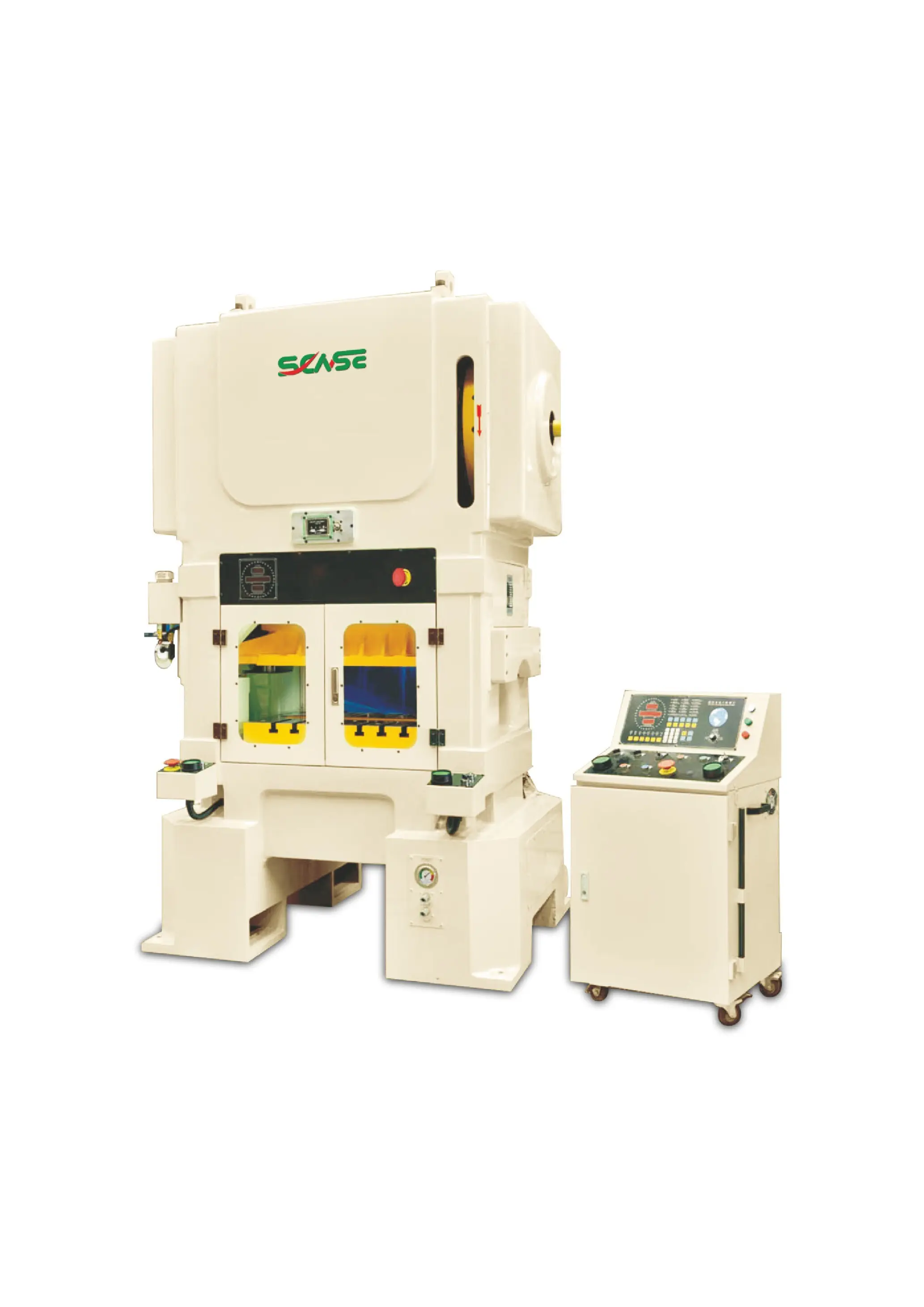How to Choose the Right High Speed Press Machine for Your Industry
High-speed press machines are essential for achieving optimal productivity and precision in various industries, from automotive to electronics. These machines are designed to handle a wide range of tasks, such as stamping, die cutting, and precision forming, which significantly boost efficiency and minimize downtime. Industries like automotive require robust force capacities and strict precision to ensure consistent part production, whereas electronics demand machines with fine tolerances and contamination-free environments.
Selecting the right high-speed press machine involves a detailed consideration of production requirements, such as force capacity, speed, and precision needed for specific tasks. Advanced force control systems and precision stroke adjustment mechanisms can address issues like force variation and stroke inconsistency. Additionally, integrating eco-friendly solutions such as energy-efficient drives and regenerative braking systems, along with sustainable practices in material selection and waste reduction, can enhance both efficiency and environmental responsibility. Compliance with safety and environmental regulations, such as those set by OSHA and the EPA, is also critical for ensuring that operations meet industry standards.
Evaluating Top High-Speed Press Machines for 2025

In evaluating top high-speed press machines for 2025, manufacturers will prioritize features that enhance print quality, increase efficiency, and reduce costs. AI-driven auto-tuning is crucial for minimizing setup times and maintaining consistent output, while blockchain traceability ensures component accountability and quality control. These technologies can significantly reduce downtime and improve overall operational efficiency, aligning well with the increasing need for flexibility and adaptability in production environments. A phased implementation approach may be necessary to minimize disruption to current workflows, ensuring a seamless transition for both tech-heavy and traditional setups. Long-term benefits include risk management through proactive maintenance and transparent supply chain sustainability. Such technological advancements not only support sustainability goals but also provide a competitive edge in the market by meeting the growing demand for environmentally conscious products and processes.
Industries Utilizing High-Speed Press Machines
High-speed press machines have become an integral part of various industries, significantly enhancing productivity, precision, and efficiency. In automotive manufacturing, these machines produce lightweight and high-strength components that meet fuel efficiency and performance standards. Aerospace manufacturers rely on high-speed presses to create precise and consistent parts that ensure safety and comply with strict industry regulations. Consumer electronics benefit from producing smaller and more intricate parts, thanks to advancements in precision and speed. The appliance manufacturing sector uses high-speed presses for the efficient production of metal sheet components for appliances such as refrigerators and washing machines. The print industry leverages these machines for rapid prototyping and large-scale printing, maintaining consistent quality while boosting throughput. Smart manufacturing systems further enhance these benefits by integrating IoT technology, predictive maintenance, and data analytics, leading to real-time parameter adjustments and reduced downtime. Sustainability practices, such as energy efficiency and waste reduction, are increasingly implemented to reduce the environmental impact.
Latest Tech and Innovations in High-Speed Press Machines
Advancements in high-speed press machines have been driven by cutting-edge technologies such as artificial intelligence (AI) and the Internet of Things (IoT). Real-time data analytics and predictive maintenance algorithms enhance machine health monitoring and predict potential failures, reducing downtime and extending machine life. In the textile industry, AI optimizes fabric alignment to reduce waste by 15%, while IoT sensors predict maintenance needs with up to 90 days' advance notice. Similarly, in automotive parts production, AI achieves 98% defect detection accuracy, and IoT optimizes supply chain logistics, cutting lead times by 30%. These technological integrations address high initial costs and data security challenges, requiring organizations to upskill their workforce with new skills in data analysis, AI programming, and cybersecurity. As a result, industries are witnessing significant improvements in both productivity and safety, ensuring a more compliant and efficient production environment.
Best Practices for Selecting Your High-Speed Press Machine
When selecting a high-speed press machine, it is essential to identify your production goals and assess the nature of your materials and print requirements. Prioritize technology and efficiency, considering the machine's speed, resolution, and color accuracy tailored to specific industry needs. Ensure compatibility with existing workflows and long-term maintenance and upgrade potential, which contribute to sustainability goals. Automated systems and modular designs facilitate scalability and continuous improvement, making the machine adaptable to evolving business needs while reducing long-term costs. Evaluating the total cost of ownership and the environmental benefits of energy-efficient designs is critical for achieving both operational effectiveness and environmental responsibility.





